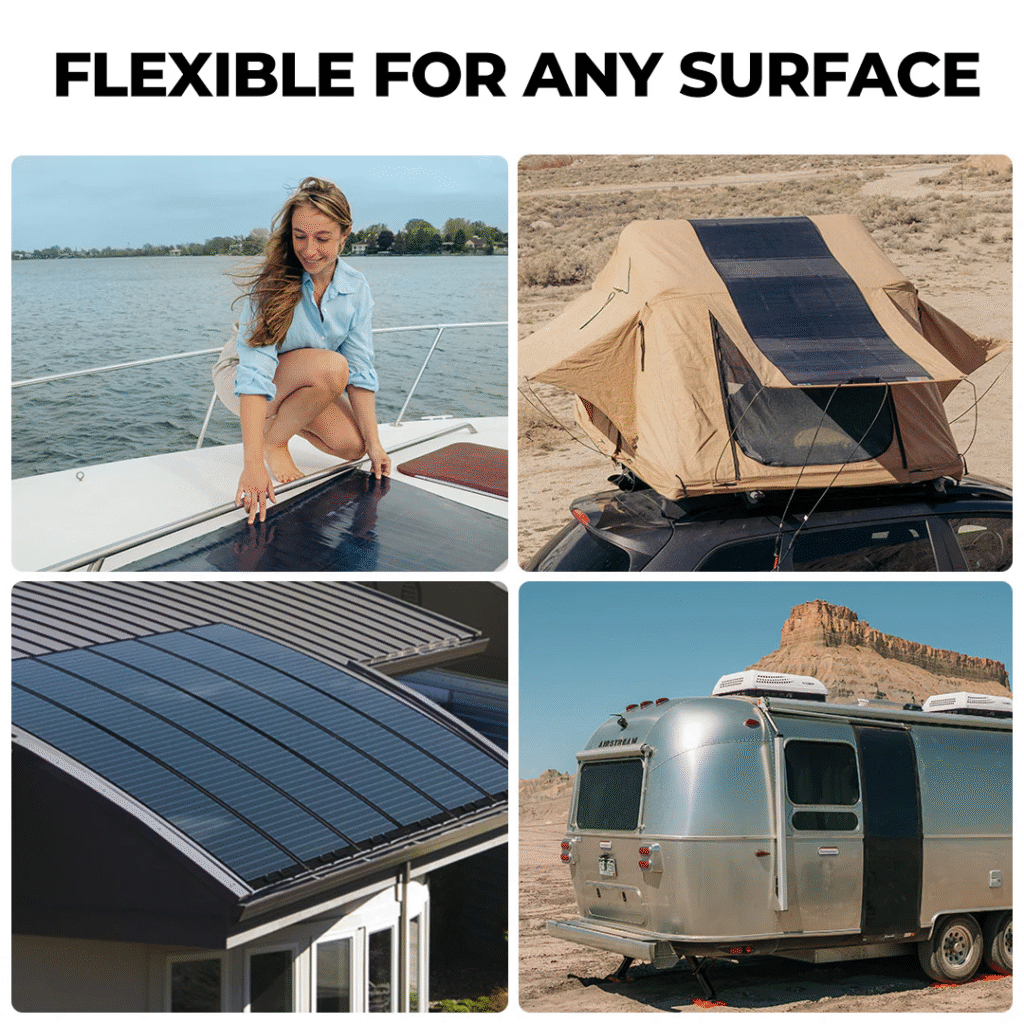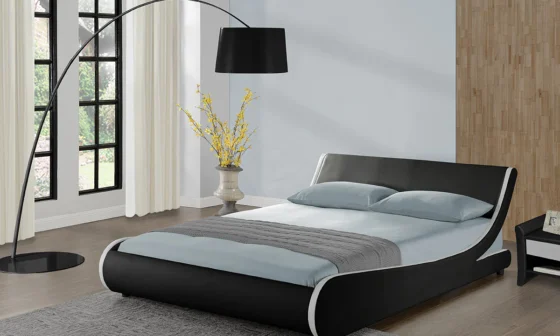
As the global demand for clean, renewable energy surges, 200W flexible solar panels are emerging as a key component in the sustainable energy movement. Lightweight, adaptable, and efficient, these panels are changing how individuals, communities, and industries generate and use solar power. Unlike rigid panels traditionally seen on rooftops, flexible panels open up solar possibilities for more surfaces and settings, empowering more people to harness the sun’s power—even on the go.
What Are 200W Flexible Solar Panels?
Flexible solar panels are made using thin-film photovoltaic materials or highly malleable crystalline silicon, allowing them to bend and conform to curved surfaces. A 200-watt panel refers to its peak power output under standard test conditions. This output is suitable for a wide range of small to medium energy needs, making them ideal for mobile setups like RVs, boats, tiny homes, or backup systems.
What sets 200W flexible solar panels apart is their balance of power and portability. They offer enough wattage to run essential appliances and charge batteries, without the weight and rigidity of traditional panels. This makes them incredibly versatile—especially in environments where installing rigid panels would be impractical or impossible.
Why Flexibility Matters in Solar Energy
The flexibility of these panels goes beyond their physical design. It’s also about flexible applications. Traditional solar systems often require stable, flat surfaces and permanent installation. But not everyone lives in a single-family home with an ideal south-facing roof. That’s where flexible solar panels step in.
Whether mounted on a curved van roof, wrapped around the contour of a sailboat, or temporarily installed at a campsite, these panels make solar energy more accessible. People living off-grid, traveling across the country, or looking for emergency backup power can all benefit from this technology. The 200W power range strikes a sweet spot—enough energy to be useful, but not so much that it becomes difficult to transport or install.
Environmental Impact and Sustainability
One of the most important reasons for the rise of 200W flexible solar panels is their contribution to sustainable living. Solar energy is already a major player in reducing dependence on fossil fuels, but flexible panels push the needle even further by removing some of the common barriers to entry.
Because these panels are lightweight, they require fewer materials and less energy to manufacture and transport. This lowers their carbon footprint compared to traditional solar panels. Additionally, the ability to install and remove them easily means less waste and infrastructure modification over time. Flexible panels can be relocated and reused in different scenarios, supporting a circular approach to resource use.
Key Uses and Applications
The uses of 200W flexible solar panels are diverse, and that’s part of what makes them so important in the broader shift toward sustainable energy. Here are some common applications:
- Recreational Vehicles (RVs): Perfect for travelers who need reliable, off-grid power. A 200W panel can keep batteries charged and power lights, fans, and small appliances.
- Boating and Marine Use: Their ability to conform to curved surfaces and resist corrosion makes them a great match for marine environments.
- Camping and Outdoor Adventures: Lightweight and portable, these panels can be rolled out and set up quickly, offering clean power even in remote areas.
- Tiny Homes and Cabins: For minimalists or those living off-grid, a 200W panel can supplement or even replace traditional energy sources.
- Emergency Backup: In areas prone to blackouts or natural disasters, flexible solar panels can provide critical backup power without needing fuel.

Cost-Efficiency and Return on Investment
While solar technology can require a significant upfront investment, 200W flexible solar panels often offer a faster and more accessible return. Their installation is typically DIY-friendly, saving on labor costs. They also reduce or eliminate fuel costs in off-grid setups. Over time, the savings on utility bills or generator fuel can pay back the initial cost, especially for those who use them regularly.
Moreover, with proper care, quality flexible panels can last for years. Many are built to withstand harsh conditions, including rain, wind, and UV exposure, making them a reliable long-term investment for clean energy.
Challenges and Considerations
Despite their many advantages, flexible solar panels do have some limitations. Generally, they have slightly lower efficiency than rigid panels and may degrade faster under intense environmental stress. That said, technology is evolving rapidly, and many manufacturers are closing the performance gap.
When choosing a flexible panel, factors like waterproofing, warranty, bending tolerance, and cell type (monocrystalline vs. thin-film) should be taken into account. Proper installation and occasional maintenance can also extend their lifespan and maximize efficiency.
The Road Ahead
The role of 200W flexible solar panels in the renewable energy ecosystem is only set to grow. As more individuals seek self-sufficiency and as environmental awareness deepens, the demand for adaptable, clean energy solutions will rise. These panels are empowering people to take energy production into their own hands—literally—and use it wherever life takes them.From mobile lifestyles to emergency preparedness to remote living, flexible solar technology is not just a convenience—it’s a cornerstone of the decentralized, sustainable energy future. Harness the power of the sun for less! Use code“ SPNARY07” at checkout and enjoy an extra 7% off for BougeRV solar panels—your perfect opportunity to save more while going green!


